Democratic Attorney General Kris Mayes, who is embroiled in an election lawsuit from Republican Abe Hamadeh contesting his loss to her by 280 votes, reversed an opinion on May 18 from previous Attorney General Mark Brnovich stating that counties have statutory authority to conduct hand counts of ballots. The difference in opinions came down to whether counties could conduct hand counts of all the ballots in five contested races, or merely a small percentage of ballots in those five races.
Mayes sent a letter to the original legislator who requested the opinion from Brnovich, State Sen. David Gowan (R-Sierra Vista). “This is to inform you that Ariz. Att’y Gen. Op. I22-004, dated October 28, 2022, is withdrawn and superseded by the following formal Opinion of the same number dated May 18, 2023,” she said. “Please discard the opinion dated October 28, 2022.”
Mayes wrote that she relied on an opinion from Pima County Superior Court Judge Casey F. McGinley issued on November 7, 2022, who ruled that that the statute governing the hand counts, A.R.S. 16-602, only allows a random selection of ballots from “[a]t least two percent of the precincts in that county, or two precincts, whichever is greater … from a pool consisting of every precinct in that county.” McGinley was deciding whether Cochise County could conduct a hand count, and noted that county officials relied on the state’s Election Procedures Manual (EPM) for authority to expand the number of ballots counted. The EPM states, “Counties may elect to audit a higher number of ballots at their discretion.”
McGinley reasoned that since the statute stated that the ballots must be “randomly selected,” he refused to allow that this could be harmonized with choosing all of them. The county officials wanted to audit 30,000 ballots, but McGinley said he interpreted the statute to allow for no more than 5,000 ballots.
McGinley also claimed that if all the ballots were hand counted, then parts of the statute dealing with second and third recounts would be made superfluous, since they discuss expanding the numbers of ballots counted if problems are found.
Mayes argued that a full hand count triggers a provision requiring the secretary of state to provide the source code to the court, with a special master appointed to analyze the discrepancy between the machine count and the hand count. Mayes claimed that there were no issues with the tabulating machines so this could not be triggered. “Simply put, a full hand count is only expected to occur if there are discrepancies with the electronic tabulation — not as a matter of course,” she said.
After addressing hand counts on ballots cast at precincts, which is governed by A.R.S. 16-602(B)(1), Mayes next addressed hand counts of early ballots, which are addressed in a different part of the statute. A.R.S. 16-602(F) states that the manual audit of early ballots shall be of “a number equal to one percent of the total number of early ballots cast or five thousand early ballots, whichever is less.”
Mayes used the same legal reasoning to limit the hand counting of early ballots as she did with ballots cast at precincts, stating that randomly selected doesn’t mean all ballots, and contending that further provisions in the statute state that further hand counts will expand the number of ballots counted.
The original opinion from Brnovich’s office, signed by Solicitor General Michael Catlett, did not find that the EPM conflicts with the statute. The opinion emphasized the importance of the EPM’s role when conducting hand counts. “The EPM, therefore, has heightened significance in the context of hand count audits because the Arizona Legislature has expressly delegated power to the Secretary of State to create hand count audit procedures,” he said.
Catlett provided a couple of examples, including, “[T]he Maricopa County Superior Court relied on the EPM’s hand count audit procedures in later dismissing a claim challenging the manner in which Maricopa County conducted its hand count audit following the 2020 General Election.”
He did not find that the law caps the number of ballots that may be audited. “There is no provision in § 16-602 or the EPM (or anywhere else in Arizona law) that imposes a ceiling on the percentage of precincts or vole centers that can be included in the hand count audit of votes cast in person,” he said.
Catlett said the law encourages a full hand count, not the opposite. He said, “To the contrary, the statutory text and purpose strongly suggest that the Board should review all ballots cast at polling places. Section 16-602(B)(1) provides that ‘[t]he selection of the precincts shall not begin until all ballots voted in the precinct polling places have been delivered to the central counting center.’”
He added, “Moreover, one primary purpose of a hand count audit is to ensure that the machine-count totals closely match the hand-count totals, and that exercise could have reduced value if only a subset of ballots cast in person are permitted to be included.”
With Mayes’ interpretation of the law, the portion of the EPM that states “Counties may elect to audit a higher number of ballots at their discretion” is rendered null and void. Mayes chose to read the EPM as conflicting with the statute, unlike the previous administration which found no conflict.
Mayes also criticized Catlett’s opinion for not being a “formal” opinion that underwent extensive review. The opinion was issued informally due to the time sensitivity.
Cochise County is appealing McGinley’s decision. State Rep. Alex Kolodin (R-Scottsdale), an attorney who is representing the county in its appeal, told Capitol Media Services that he believes the county will prevail and that Mayes’ opinion carried little weight. “All I can say is coming in and overturning your predecessor’s opinion is obviously a political move. At the end of the day, these AG opinions are not the law, they’re not case law, they’re not precedent.”
– – –
Rachel Alexander is a reporter at The Arizona Sun Times and The Star News Network. Follow Rachel on Twitter. Email tips to [email protected].
Photo “Kris Mayes” by Gage Skidmore CC2.0.

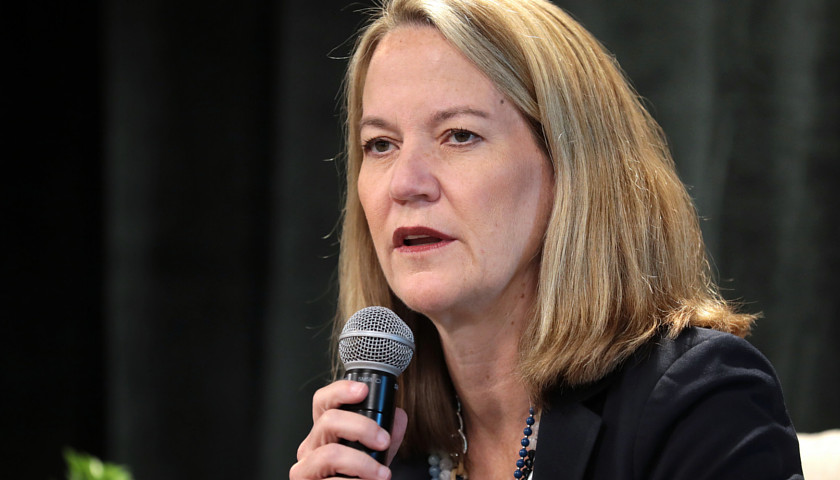

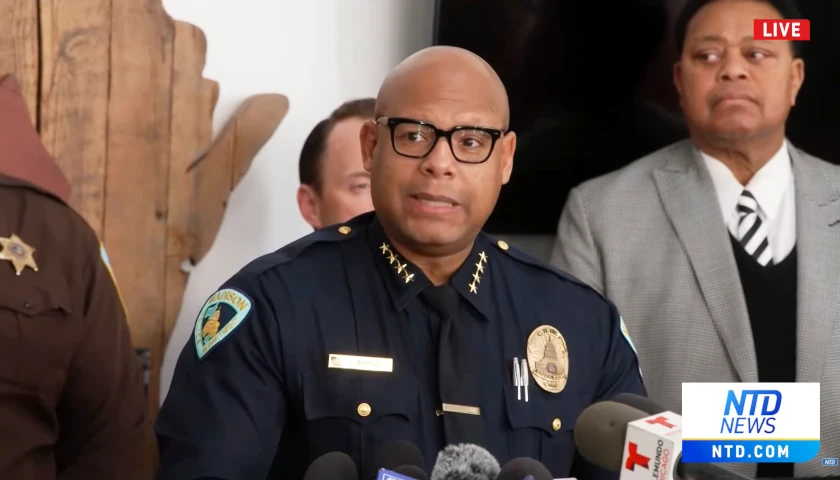
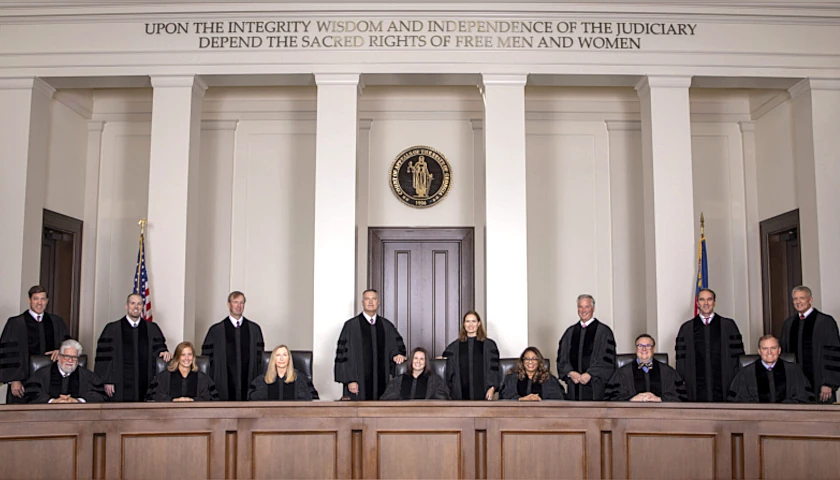

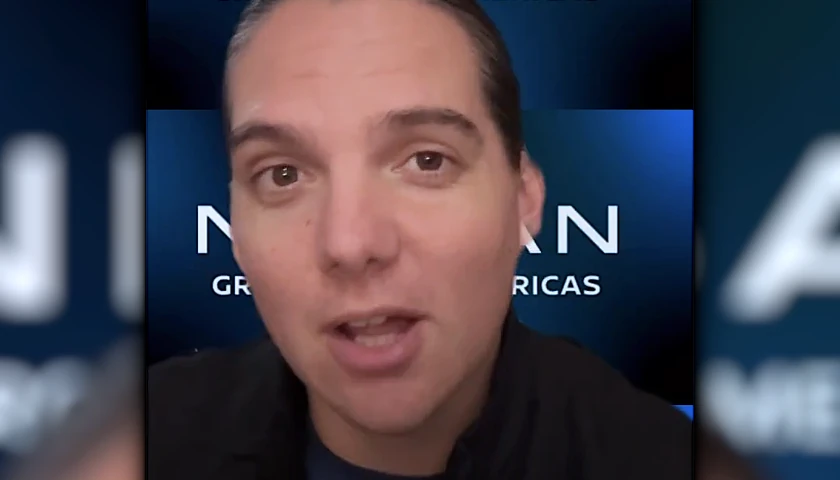
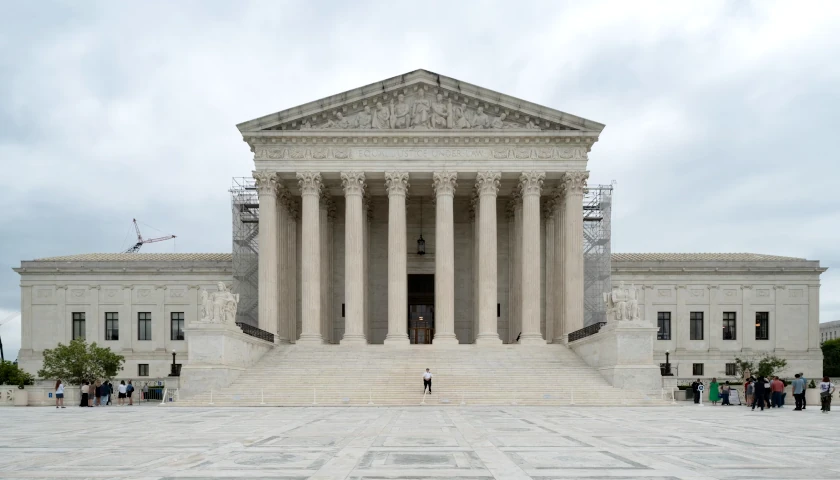

The county officials wanted to audit 30,000 ballots, but McGinley said he interpreted the statute to allow for no more than 5,000 ballots.
The ACTUAL LANGUAGE of the statue is “B. For each countywide primary, special, general and presidential preference election, the county officer in charge of the election shall conduct a hand count at one or more secure facilities. 1. At least two percent of the precincts in that county, or two precincts, whichever is greater, shall be selected at random from a pool consisting of every precinct in that county” That means it sets a MINIMUM, not a maximum number of votes to be hand counted.